How to design the flow inside a CLC installation
The CHEERS project continues its design and verification work based on the cold flow rig described in a previous post. In this newly produced video of the cold flow rig, more detail and description are provided on the subsystems and components involved.
A very important intermediate step is to build a visualization rig that looks very much like a working CLC plant, but does not use fuel. Instead, it circulates the particles used to transfer oxygen to the fuel in a nitrogen-free environment.
The cold flow rig (sometimes called a cold flow mock-up) was designed, built and installed by our CHEERS partners in Europe and China. This video highlights the special design details implemented on the cold flow rig for European design specifications.
If you are interested in the technical details behind this, then you can read our CHEERS researchers recently submitted article to the peer-reviewed journal Energy&Fuels. This article has been accepted for publication after final formatting for the printed version of the journal.
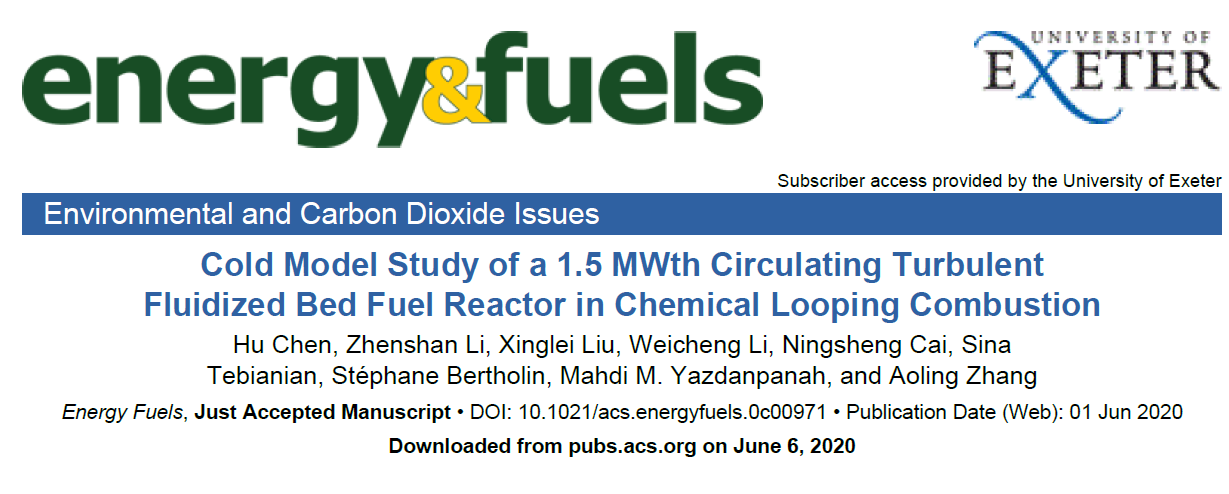
But if you would simply like to watch the new video with more complete description of the cold flow rig in action, here it comes.
Special thanks goes to our CHEERS project partner IFP Energies nouvelles for producing and editing this new video.
Chemical Looping Combustion: how it works in a new video
The global warming challenge is one of the greatest innovation opportunities going forward. One strategy is to re-invent combustion from scratch to promote more efficient CO2 capture. A very promising such solution is Chemical Looping Combustion (CLC).
The Cheers project is developing Chemical Looping Combustion (CLC) to the next level. CLC is an energy production technology leveraging inherent, built-in, CO2 capture. This reduces the need for investment in dedicated CO2 separation from low-concentration flue gases. It also reduces operational costs because it uses less energy in its inherent CO2 separation process.
Designing a full-scale CLC plant is still a work in progress. The current fleet of CLC test rigs are made and used for basic research and development. These are now ready to be scaled up to dimensions suitable for commercial application.
The CHEERS project has produced the design basis of a 3 MWth demonstration CLC facility with systems that will allow researchers to understand how to make it even better in the next version. This design basis is now being converted to a Front End Engineering and Design (FEED) by a world-renowned engineering contractor. This will be announced in a post coming soon.
The animation below shows how the system works, and what makes CLC a great candidate for re-inventing combustion.
CHEERS acknowledges generous support from the European Union’s Horizon 2020 research and innovation programme under grant agreement No 764697 and the China MOST program.
CHEERS launches new Youtube channel with new video of the scaled cold flow model
CHEERS releases new video from the demonstration laboratory showing the inner workings and flows throughout the CLC installation
The CHEERS project maintains a Youtube channel for its own videos and associated videos that support its basic motivation and objectives. Due to technical reasons, we have moved to a new Youtube channel, which you can find here (subscribe to keep updated). The highest resolution versions of the CHEERS videos will be available there. Lower resolution versions of the same videos will be viewable on the CHEERS web page.
In addition, we are pleased to include a new video produced by our Chinese partner Tsinghua University. In this video, we have a direct view from their research laboratory. The video shows the scaled, cold flow model the CHEERS project has designed and constructed. This cold flow model is built with see-through components that allow direct visualization of the movement of the solid particles in the two reactor towers, the separation units and transfer pipes. The solid particles in the cold model represent the oxygen carrier particles that are circulated in an actual CLC installation. The function of the oxygen carrier particles is to achieve a nitrogen-free atmosphere for combustion, without the need for a separate oxygen production system. This saves significant investment and operation costs, particularly related to CO2 separation.
The cold flow model is essential for validating numerical models that represent the full-scale demonstration plant currently being designed. The results from the cold flow model allow identifying ways to improve the overall performance of the system.
Understanding how CLC works – a brief animation
Our CHEERS project partner Total has commissioned a new animation describing the main principles of Chemical Looping Combustion. This is a very good introduction to the technology development scope of the CHEERS project.
An updated video will be published here soon.
CHEERS project introduced in 10th TOTAL China Scientific Forum in Chengdu
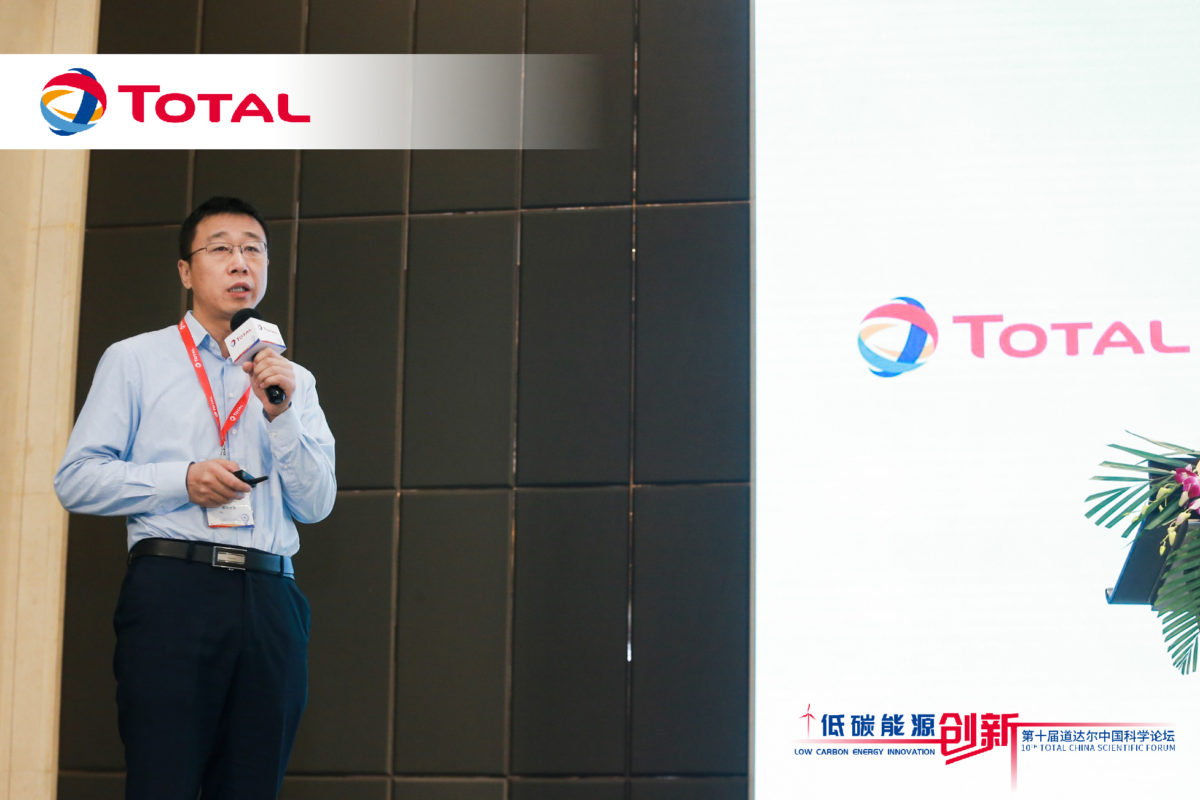
November 21, 2019
Today, the 10th Total China Scientific Forum (TCSF) opened in Chengdu. This is the city where the CHEERS project is based. The theme this year was “Innovative Low-carbon Energy”. The two-day gathering focused on the development of innovative technologies for the LNG industrial chain, low-carbon transportation and carbon dioxide capture, utilization and storage (CCUS). The forum serves as a platform for participants to share research results and present case studies. More than 200 experts and guests from renowned universities, research institutions, government and industry associations, well-known enterprises and innovative companies attended the forum.
Dongfang Electric Corporation (DEC), parent company of Dongfang Boiler Corporation (DBC), was invited to co-chair the event, while young scho
lars from another 2 Chinese partners Tsinghua University and Zhejiang University also presented themselves to exhibit their recent academic achievements in “Energy Future Innovation”. One of the major reasons to have such an event held in Chengdu was to better advertise the CHEERS project to the Chinese domestic market. Prof. Zhenshan LI from Tsinghua university and Dr. Mahdi YAZDANANAH from TOTAL jointly introduced the upcoming, latest progress and future prospect of the CHEERS project in the Forum, generating high interest and receiving wide rec
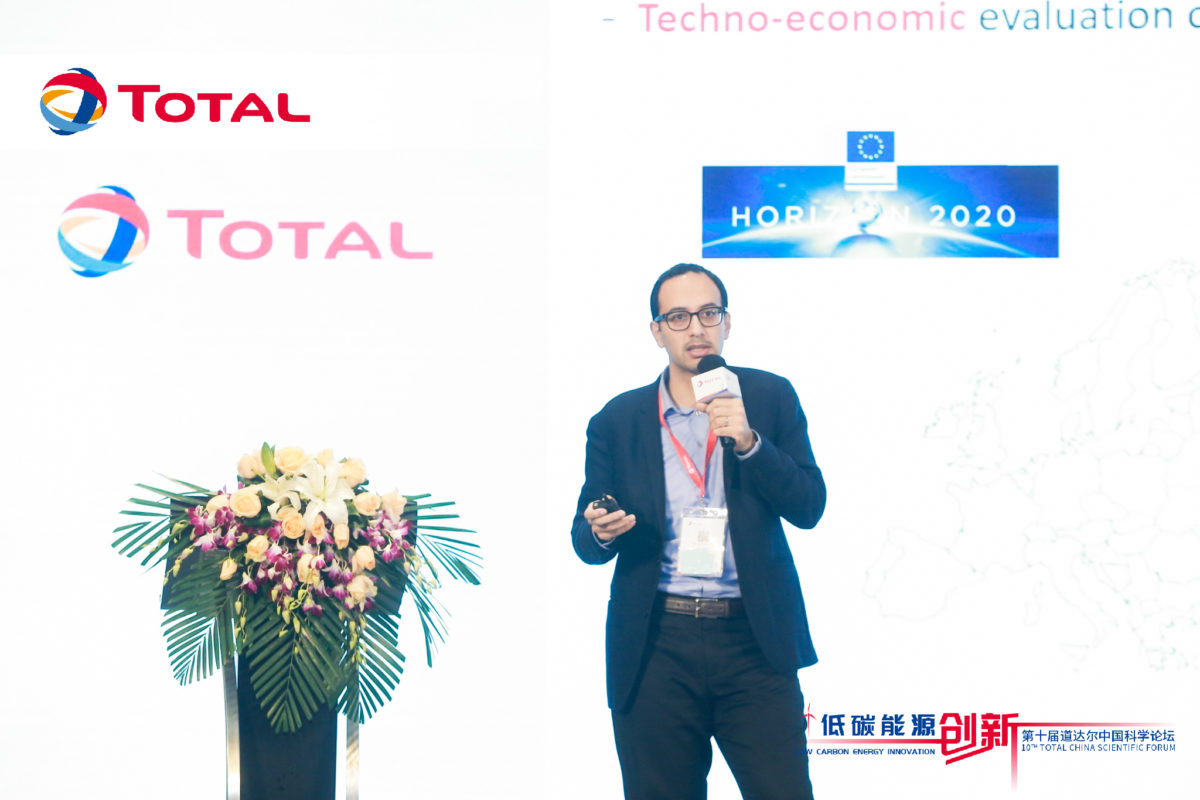
ognition from the audiences. A site tour to the cold mock-up model near Chengdu was also organized thereafter to some VIP guests.
“China has become one of the world’s most innovative and dynamic countries and is playing an active role in emerging energy technologies. As a flagship H2020 program undertaken in China, the CHEERS project will surely become an exciting, challenging and promising mission benefiting both European countries and China in developing affordable CCUS solutions,” says Zhonghua XU, VP, Head of TOTAL R&D Asia.
Author: Info CHEERS
CHEERS design milestone: delivery of Process Design Package, PDP
Achievement of an important milestone in CHEERS project: delivery of Process Design Package, PDP
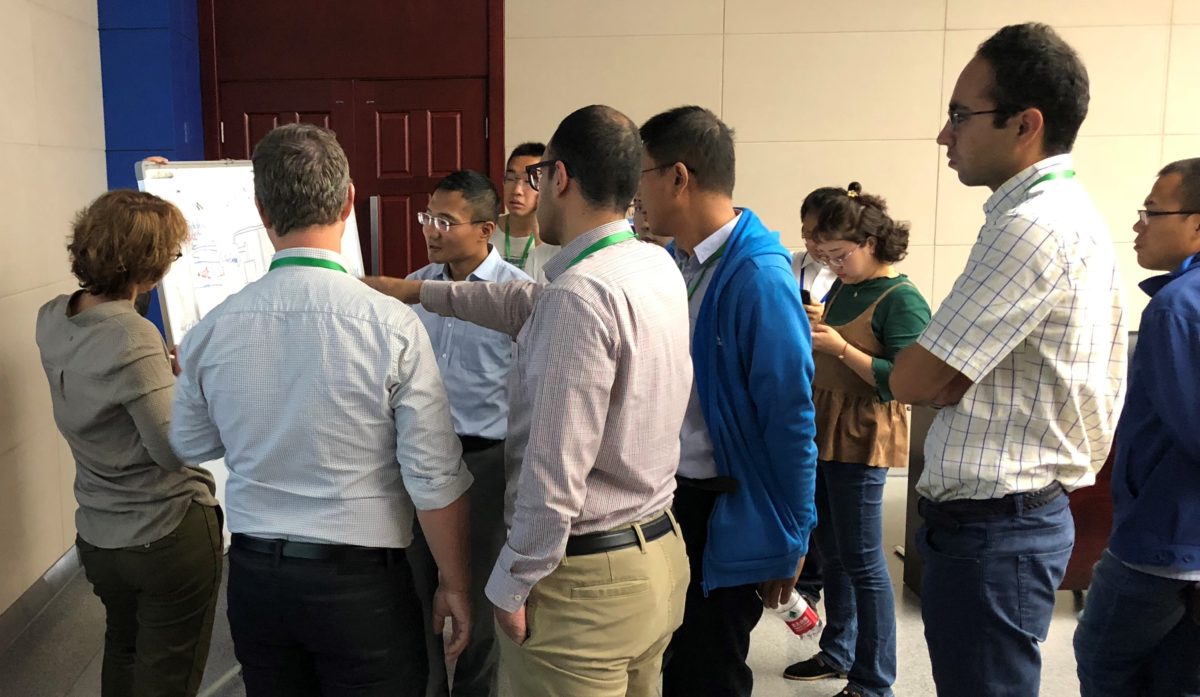
CHEERS project has reached an important milestone by delivering the Process Design Package (PDP) of the Process Demonstration Unit (PDU). This dossier provides the basic design of the PDU and fixes all of the process variables, dimensions, and conditions. Regarding the fact that CHEERS is a development project and first of its kind, development of a solid process design is key to avoid any modification and changes in the coming steps to ensure successful progress of the project.
CHEERS project process design has been developed to answer project unique requirements by proposing a wide flexibility in terms of feedstock, Oxygen Carrier materials and particularly by allowing the possibility to test two Carbon Stripper Technologies developed by CHEERS partners. Safety and environmental considerations have been important criteria in the design where a dedicated flue gas treatment section is designed and detailed HAZID study carried out to ensure process safety.
The PDP has been prepared and issued with CHEERS international collaborative way. The Process Demonstration Unit process design is the result of the effort by four CHEERS partners, IFPEN, TSINGHUA, TOTAL and DONGFANG with the support of SINTEF as leader of Oxygen Carrier material development. It is the main outcome of the Pre-FEED study (Work Package, WP2) that will be delivered to the FEED phase (WP4) led by TOTAL.
Author: Info CHEERS
Silesian University hosts CHEERS annual meeting
CHEERS holds annual meeting at The Silesian University of Technology, Gliwice, Poland, November 4-6.
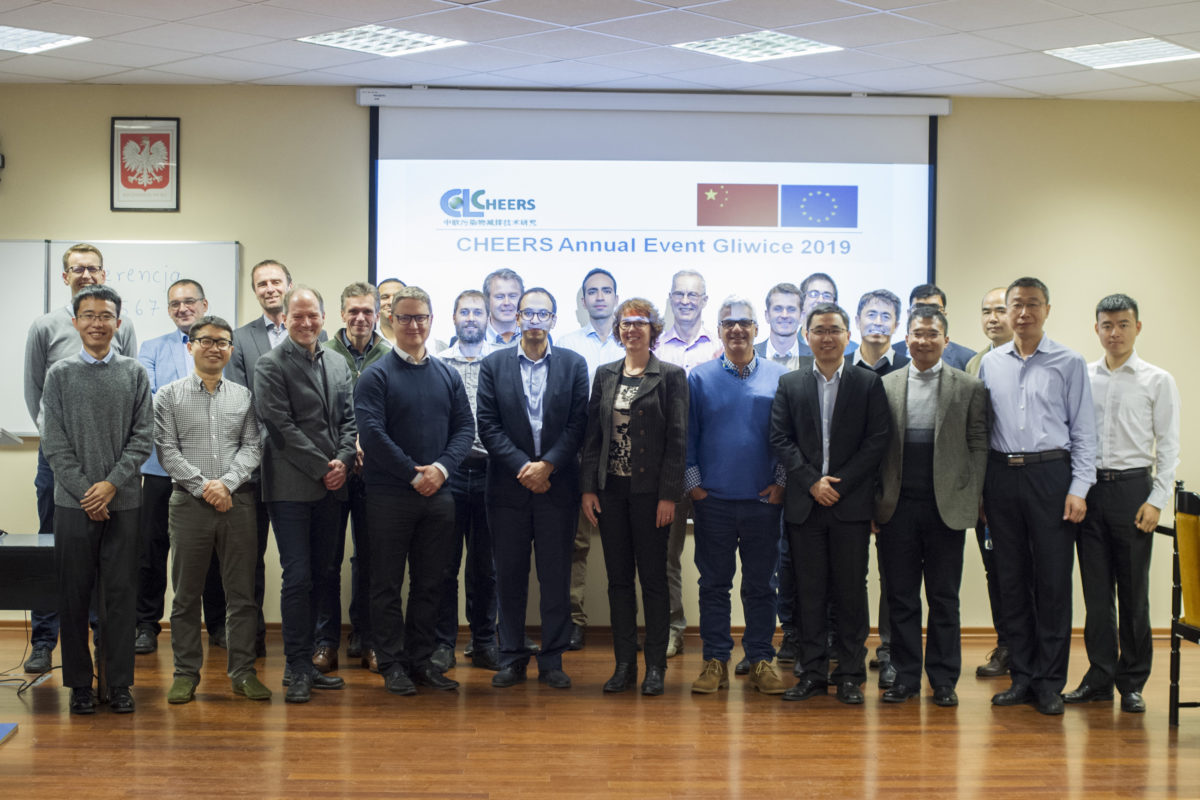
The CHEERS partner Silesian University of Technology hosted the 2019 annual meeting of the CHEERS project, bringing together researchers, technologists and experts from its nine partners. A total of 29 project participants representing four European countries and China shared their most recent results.
This EU project has high ambitions of building and operating a demonstration-scale Chemical Looping Combustion unit with 3 MW thermal capacity. The CHEERS project plan follows the pattern set by classic design, engineering and construction activities. The process starts with identification of the most effective main concepts, which are evaluated and a final concept chosen. The headline results of the design studies were confirmed in the annual meeting in Gliwice. This forms the basis of the next phase, Front End Engineering and Design (FEED), in which detailed drawings of the entire test rig, supported by the process and detailed modelling and design activities, as well as laboratory measurements of key parameters. The detailed design work will be completed together with an initial cost estimate of the constructed test rig.
There have been some surprises along the way. High expectations were placed in the initial project plan to save time and costs by retrofitting an existing circulating fluidized bed boiler unit at the location of the project partner Dongfang Boiler Group Company. Careful comparison of the retrofit case with a new, ‘grassroots’ design/build shows that the grassroots design is preferable in many practical aspects. One of these is to accommodate two solutions for a subsystem to handle three different types of solid fuels, one of these being biomass.
Author: Info CHEERS
